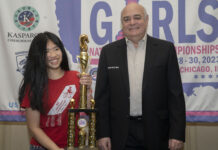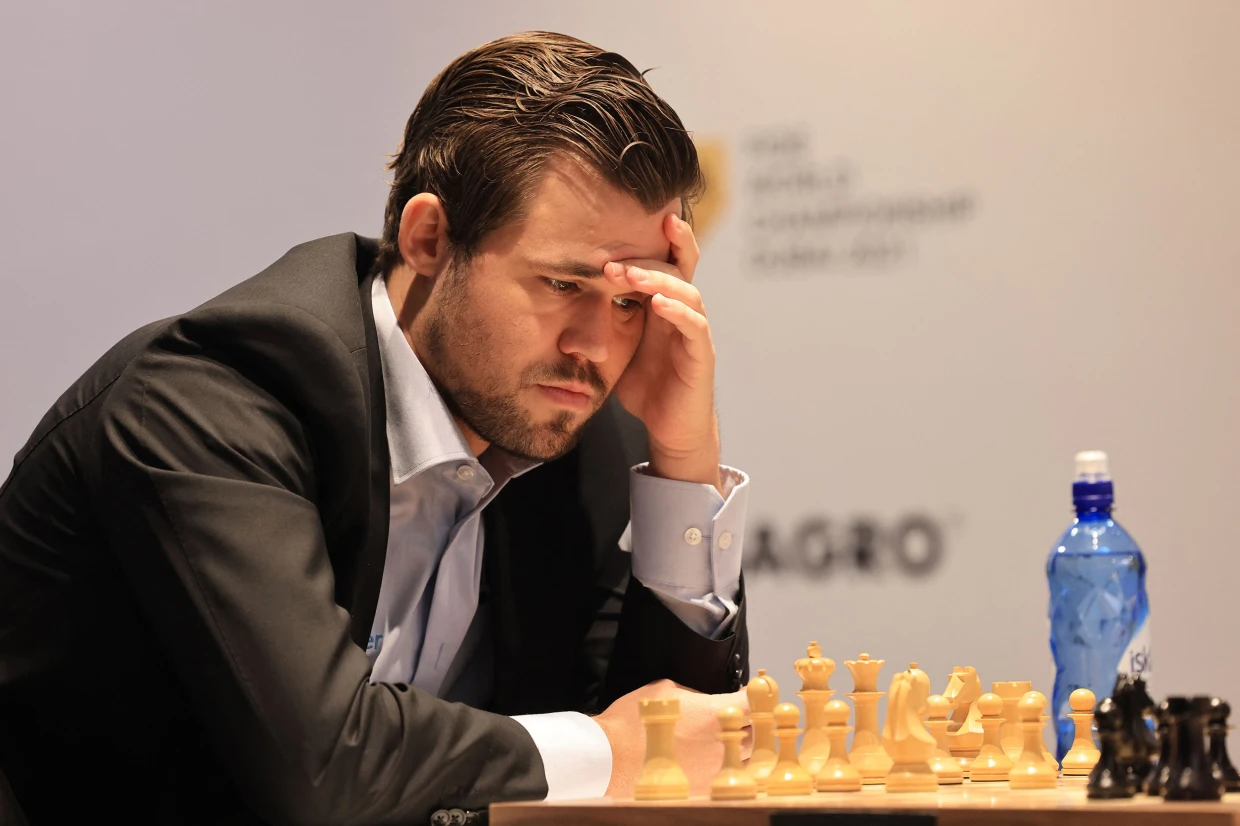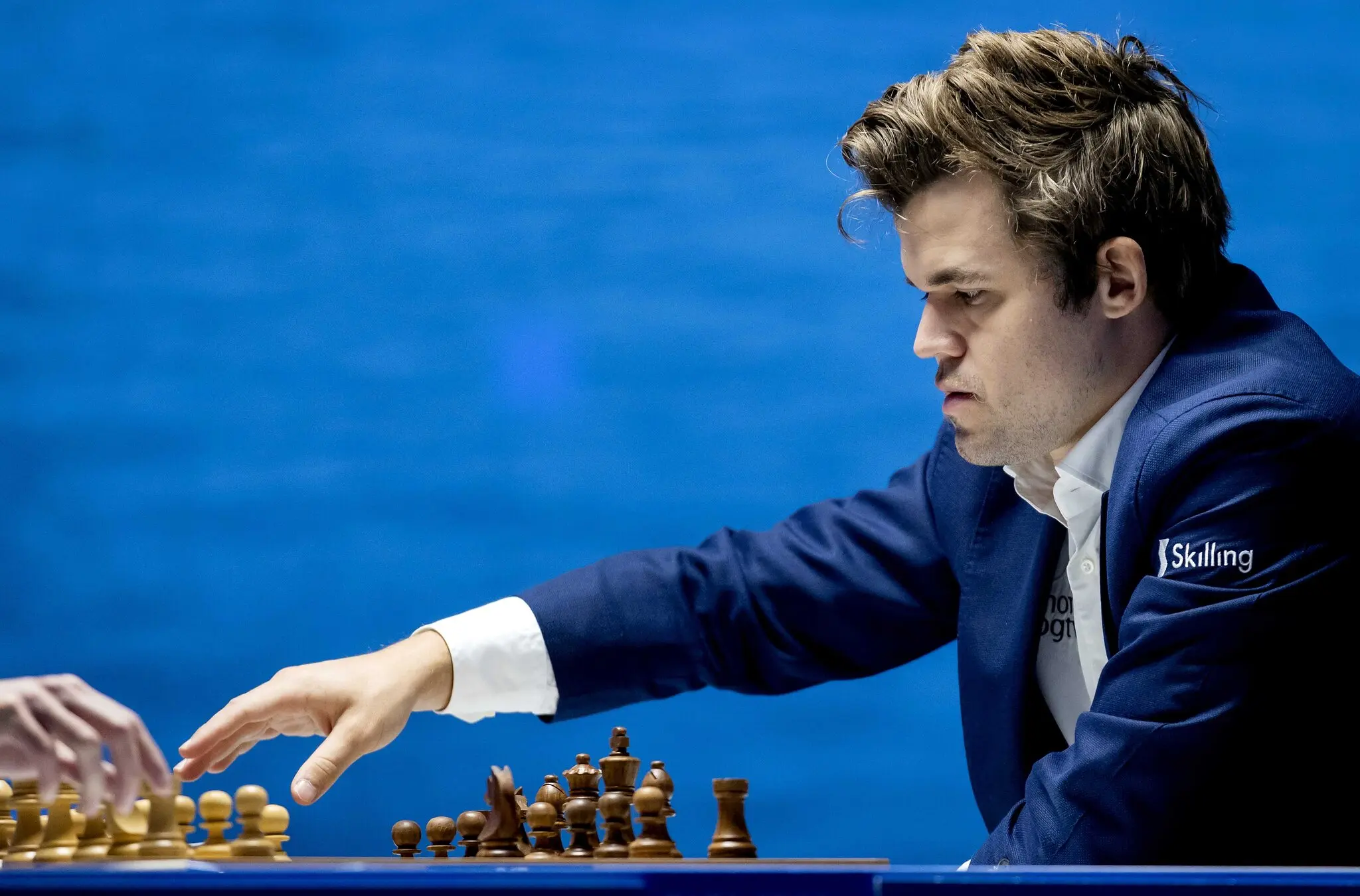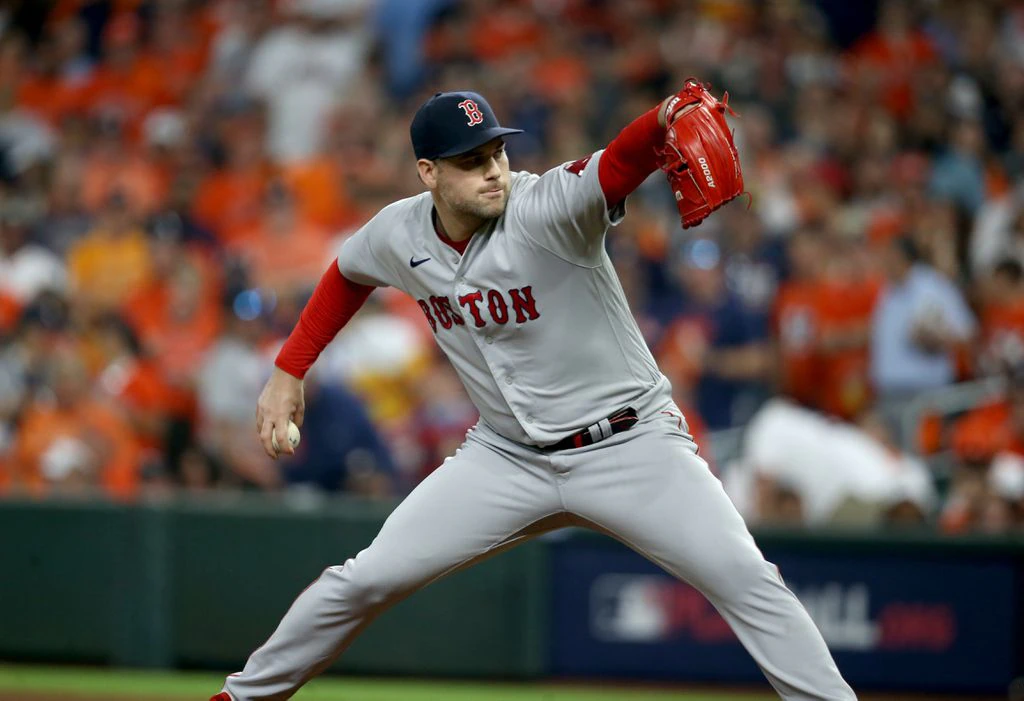Your move, Garrett Whitlock.
Going into Game 6 of the ALCS, the Red Sox reliever had pitched in two games of the series, with decidedly diverging results. In Game 2, he raced through two scoreless innings, including an at-bat against José Altuve in which he pumped nothing but fastballs and retired the Houston second baseman.
In Game 4, with the Red Sox leading, 2-1, Whitlock delivered a scoreless seventh inning but was charged with a blown save when Altuve jumped on his first-pitch fastball over the heart of the plate to open the eighth and drilled it out of the park. It was a critical hit that helped set in motion a 9-2 Astros comeback victory.
Advertisement
Was it a mistake for Whitlock to attack with a first-pitch fastball?
“Hindsight is always 20/20,” he said. “The reason I had to throw so many fastballs the first at-bat is because I fell behind him.ADVERTISINGGet 108 StitchesGet everything baseball from the Globe’s Red Sox reporters every Monday-Friday during baseball season, and weekly in the off season.Enter EmailSign Up
“[In Game 4] I tried to get ahead with a fastball and he hit it. He was 0 for 12 going into the at-bat. If he mis-hits it and it’s an out, no one cares and no one talks about [pitch selection].
“He put a good swing on the ball. He’s one of the best hitters in the game and he hit it out. You tip your hat to him. If it’s more inside, he probably doesn’t hit it out, but at the same time, if a frog had wings, he wouldn’t bump his butt.”
(An aside: This was the second known instance of someone on the Red Sox invoking a frog’s posterior with a counterfactual hypothetical regarding its evolutionary path. Twenty-five years ago, at his managerial introduction, Jimy Williams memorably explored the concept. Whitlock said he was unfamiliar with the episode, noting that he was six months old at the time.)
Advertisement
https://platform.twitter.com/embed/Tweet.html?dnt=false&embedId=twitter-widget-0&features=eyJ0ZndfZXhwZXJpbWVudHNfY29va2llX2V4cGlyYXRpb24iOnsiYnVja2V0IjoxMjA5NjAwLCJ2ZXJzaW9uIjpudWxsfSwidGZ3X2hvcml6b25fdHdlZXRfZW1iZWRfOTU1NSI6eyJidWNrZXQiOiJodGUiLCJ2ZXJzaW9uIjpudWxsfSwidGZ3X3NwYWNlX2NhcmQiOnsiYnVja2V0Ijoib2ZmIiwidmVyc2lvbiI6bnVsbH19&frame=false&hideCard=false&hideThread=false&id=923301856398290944&lang=en&origin=https%3A%2F%2Fwww.bostonglobe.com%2F2021%2F10%2F22%2Fsports%2Fobjective-chess-playing-red-sox-relievers-hold-opponent-check%2F&sessionId=8aea50dc15b8b187809995d2d00ce7743aedc66e&siteScreenName=BostonGlobe&theme=light&widgetsVersion=f001879%3A1634581029404&width=550px
The two at-bats highlighted the challenge presented to pitchers in the postseason — and the elevated degree of difficulty they face in the final contests of a seven-game series.
Late in a series, few secrets remain. Opposing hitters know which relievers they’re likely to face.
Moreover, some hitters have had multiple looks at those relievers. They not only have first-hand familiarity with the movement and shape of the pitches, they’re also able to identify pitch sequences that pitchers like to employ.
“I do think that’s a thing that hurt our team in ‘19 in the playoffs,” Red Sox reliever Adam Ottavino said before Game 6, reflecting on his ALCS loss to the Astros as a member of the Yankees. “We went so much matchup-based we kind of overexposed ourselves against individual hitters.
“So I am very cognizant of that going forward. So far this series, I’ve faced Carlos [Correa] twice, I’ve faced [Yuli] Gurriel twice. So moving forward, I have to decide what to do each and every time, how much they can adjust and how much I want to adjust. You could definitely get overexposed. There’s a reason why we’re relievers.”
The series reached the point where pitchers must decide whether to vary their sequences or the pitches they throw in certain counts and sequences. They’re not game planning for the moment but thinking through what had already happened in the series.
Advertisement
“We have to change things up,” said Whitlock. “It’s like chess. That’s why I like it.”
The mention of chess was not accidental. Ottavino has led a group of several Red Sox — including pitchers Nick Pivetta, Austin Davis, and Tanner Houck, and catchers Christian Vázquez and Connor Wong — who have played the game throughout the season. The far reach among pitchers and catchers hints at strategic similarities between chess moves and pitch selection.
“They’re definitely both cerebral games,” said Whitlock.
“We definitely end up playing the same people over and over again,” observed Ottavino. “If I’m playing Pivetta, he hasn’t adjusted yet, so I wait for him to be ultra-aggressive and eventually make a mistake. I just kind of sit back.
“But if I’m playing [Davis], he’s a little more versatile in his chess, so I have to monitor him in the moment a little more. That’s similar to the pitching/hitting stuff.
“Sometimes you’re aware of a hitter that will never change his approach. That would be Pivetta in this case. But then sometimes you face a hitter that you know will kind of change his approach pitch-to-pitch and at-bat to at-bat.
“Buster Posey was somebody in my career that was like that, so you have to think with him the whole time. And sometimes that’s a good thing and sometimes you’re wrong.”
Ottavino, perhaps unsurprisingly, is considered the Red Sox’ top-ranked chess player.
“Otto is the grandmaster,” said Whitlock.
Advertisement
“On our team, I would say I’ve played the most chess,” countered Ottavino. “I wouldn’t say I’m good.”
At this point, the Red Sox relievers were being judged on how they handled their responsibilities from 60 feet, 6 inches, rather than on an 8-by-8 grid.
“It’s always fun to go against the best competition,” said Whitlock. “That’s what makes you better. No one gets better by facing lesser competition. Everyone that’s in the show is the best of the best. That’s what makes this a fun game and enjoyable to watch and be a part of.”










